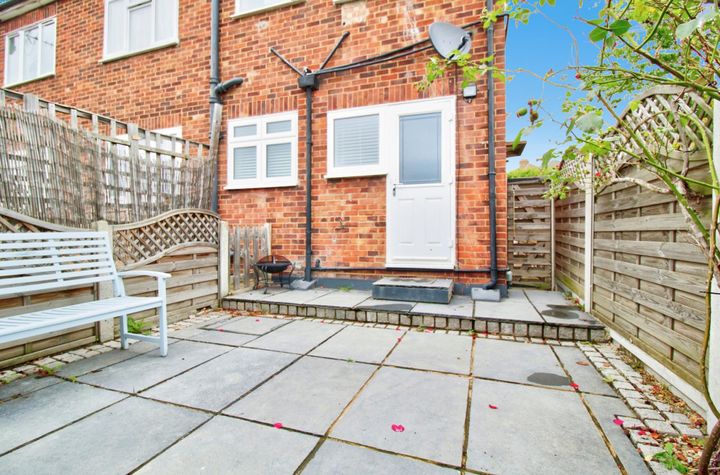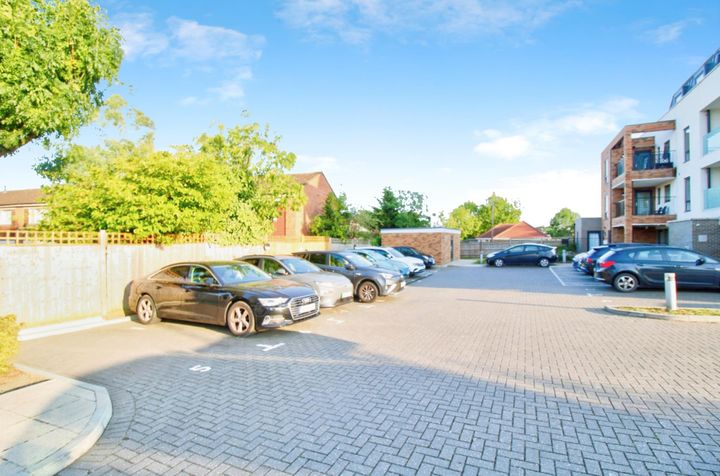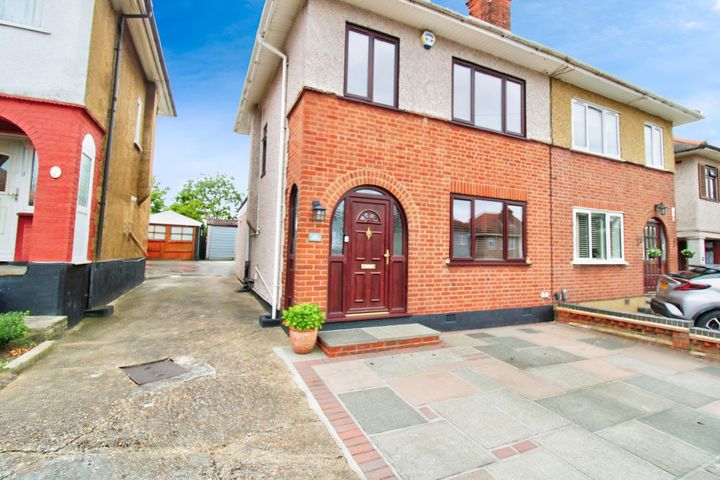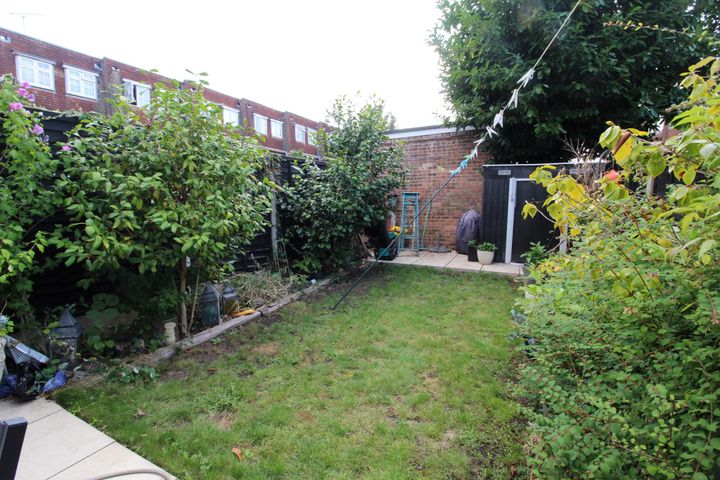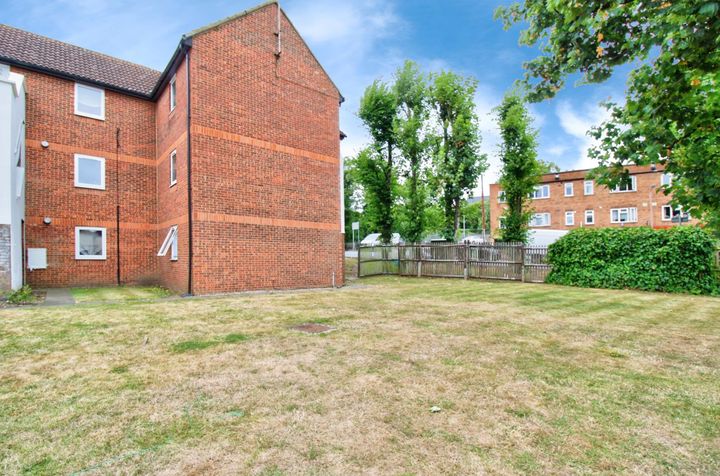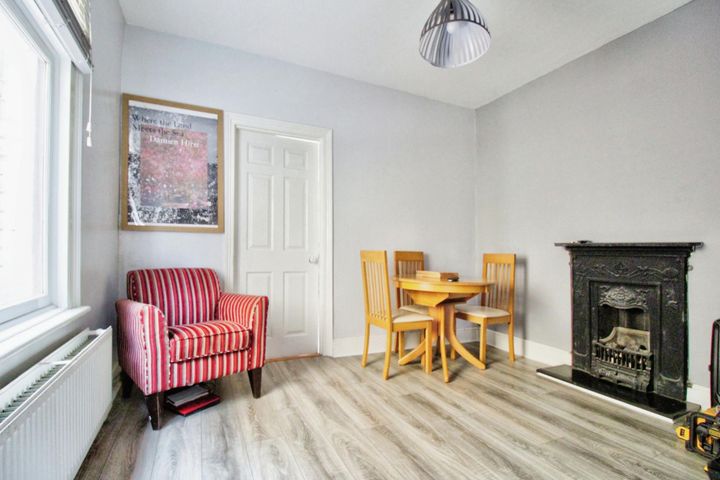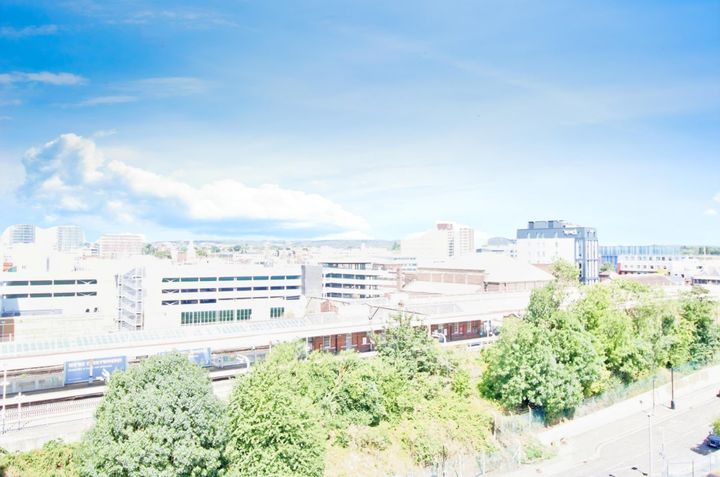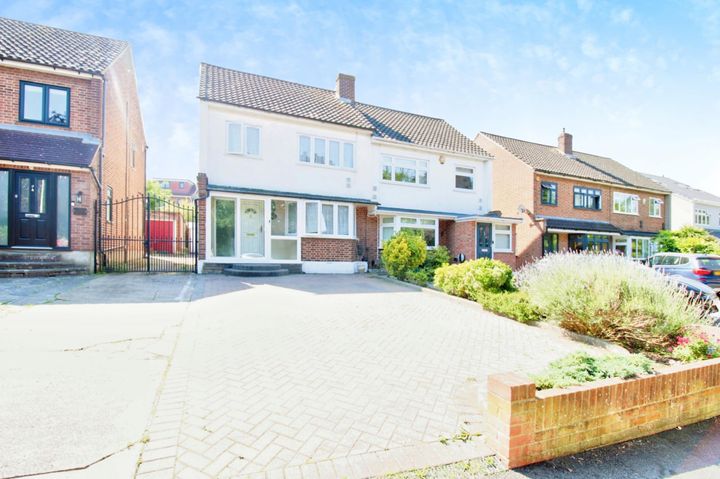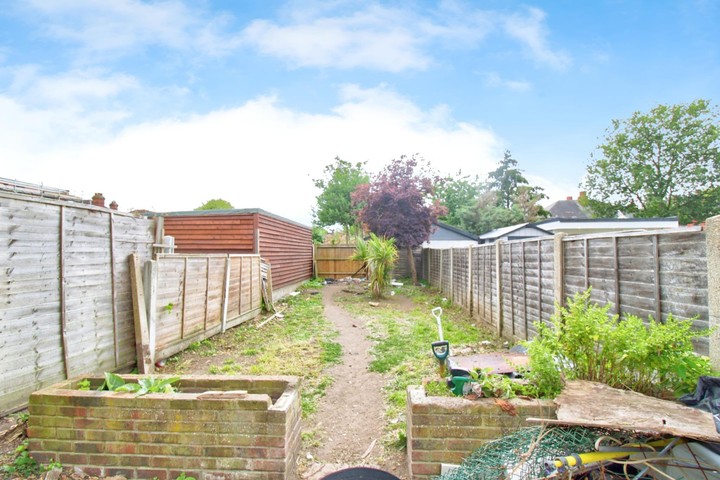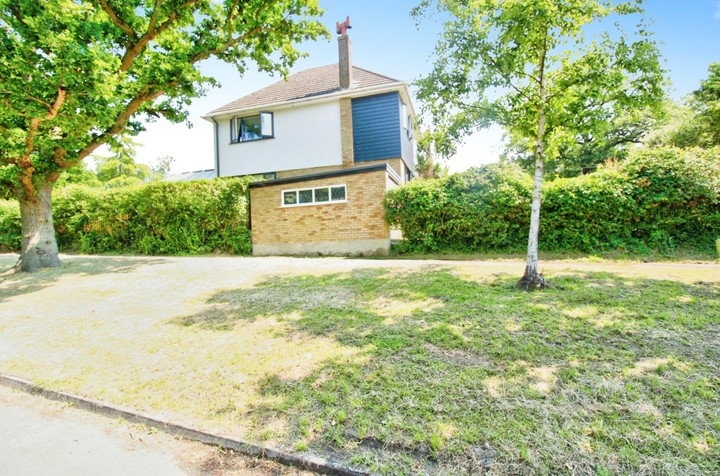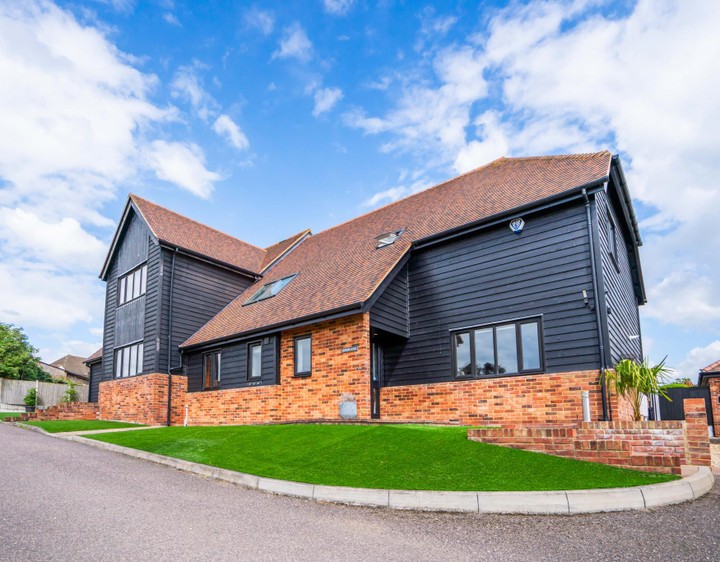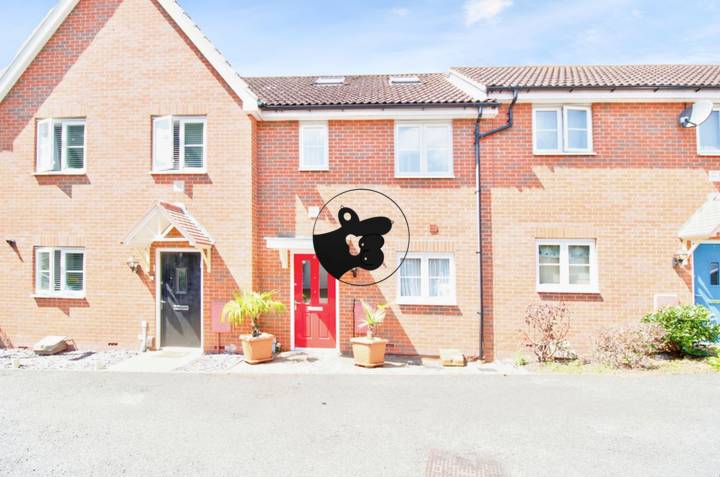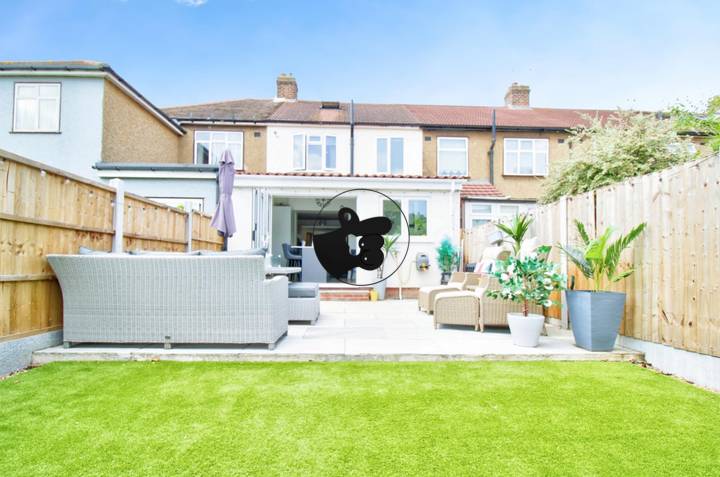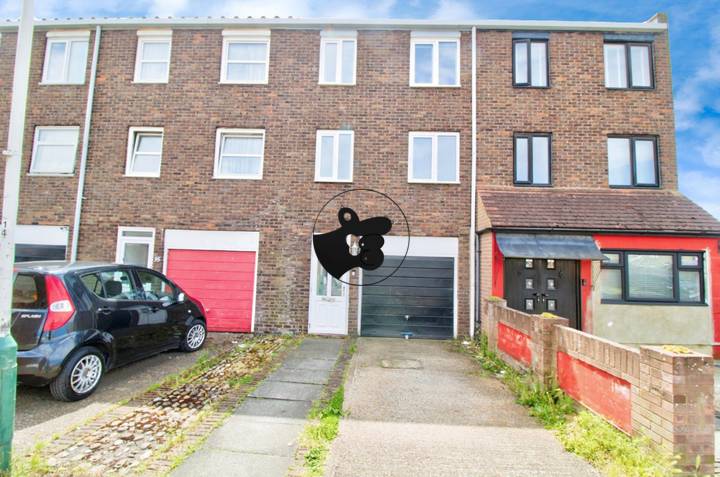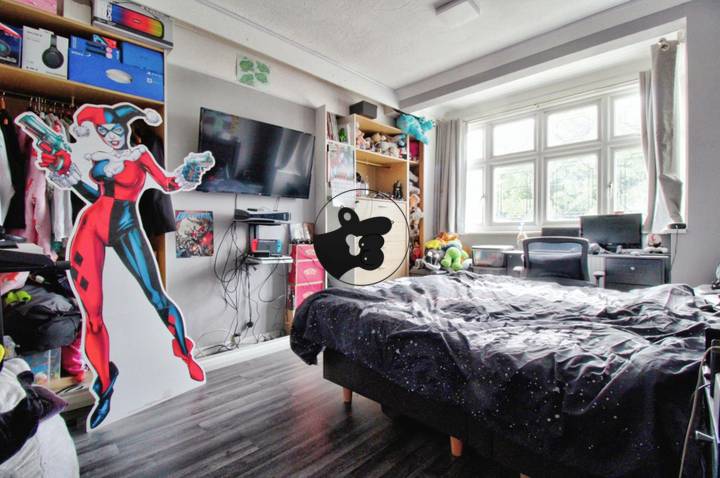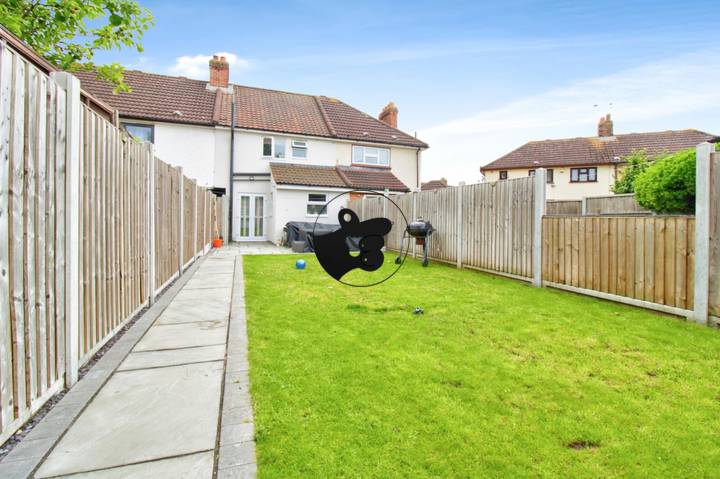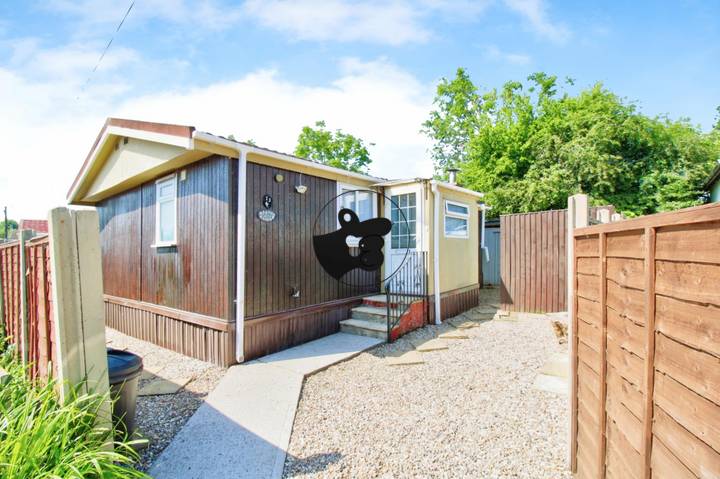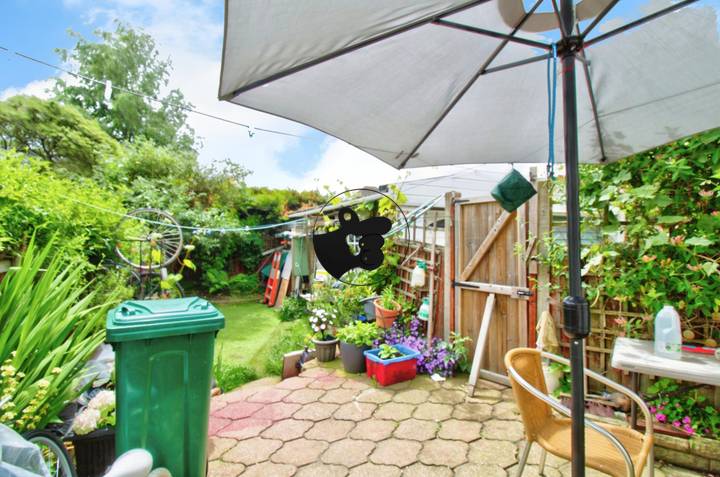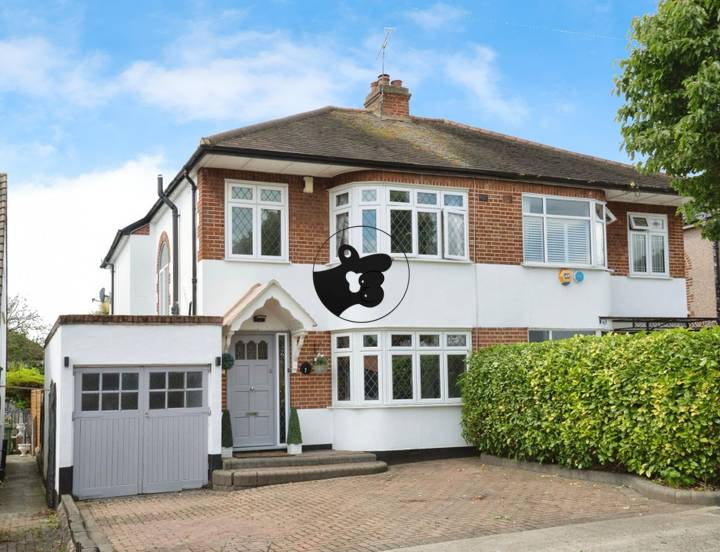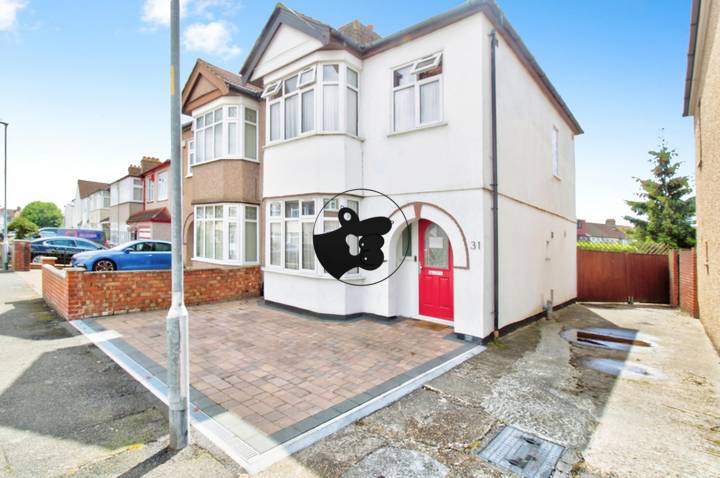The average price of homes in Romford has experienced notable fluctuations in recent years, reflecting broader trends in the London property market. As of early 2023, the average house price in Romford was approximately £400,000, although this can vary significantly based on location, property type, and local amenities. For instance, properties on the more desirable streets near Romford Town Centre tend to command higher prices, with some three-bedroom semi-detached homes exceeding £500,000. Meanwhile, smaller flats or homes further from the centre can be found for around £250,000 to £300,000. Additionally, factors such as proximity to train stations, schools, and shopping areas also influence property values, making some areas more sought after than others.
Romford
Location
Price Range
Any price
Price Range
Minimum
No min
Maximum
No max
Property type
Show all
Property type
Show all
House
Apartment
Building
Other
Bedrooms
Any beds
Bedrooms
Minimum
No min
Maximum
No max
Surface Range
Any surface
Surface Range
Minimum
No min
Maximum
No max
Sale type
For sale
Sale type
Show all
To rent
For sale
Location
Apartments and houses for sale in Romford
23 results
Recent
Romford insights
| Aspect | Summary |
|---|---|
| Population | 185,000 |
| Average Property Price | £450,000 |
| Rental Yield | 5.5% |
| Average Rent | £1,500 |
| Occupancy Rate | 92% |
| Capital Growth Rate | 3.2% |
| Property Tax | 1.2% of property value |
| Transaction Costs | 2-4% of property value |
| Expected ROI | 7% per annum |
| Economic Growth Impact | Positive, driven by infrastructure improvements and employment opportunities |
Romford FAQ
What is the average price of homes in Romford?
How have property prices in Romford changed over the last year?
Over the last year, property prices in Romford have experienced a notable increase, reflecting broader trends in the London housing market. According to recent statistics, the average property price in Romford has risen by approximately 8% compared to the previous year, with terraced houses seeing some of the most significant growth. For instance, a three-bedroom terraced home, which averaged around £410,000 last year, is now selling for about £442,000. Similarly, flats in the area have also risen in value, with a typical two-bedroom apartment now commanding prices around £295,000, a rise driven by increasing demand from young professionals and families seeking more affordable options outside central London. The surge is partly influenced by Romford's improved transport links and ongoing regeneration projects, making it a more attractive location for potential buyers.
What factors influence real estate prices in Romford?
Several factors influence real estate prices in Romford, a town in East London that has experienced significant growth in recent years. Proximity to transport links, such as the Elizabeth Line and major roadways like the A12 and M25, plays a crucial role in increasing demand among commuters seeking easy access to Central London. Additionally, the quality of local amenities, including schools, parks, and shopping centers, affects desirability; for instance, properties near Romford Shopping Hall or the Liberty Shopping Centre tend to fetch higher prices. The local housing stock also impacts pricing—homes in newly developed areas, like the Romford Market regeneration project, often have elevated prices compared to older properties. Lastly, demographic factors, including population growth and changes in income levels, contribute to the evolving real estate landscape, driving both investor interest and residential demand.
Are property prices in Romford higher than in nearby areas?
Property prices in Romford tend to be higher compared to some nearby areas, influenced by its amenities and transport links. For example, according to recent data, the average house price in Romford hovers around £400,000, while nearby areas like Chadwell Heath and Harold Hill have averages closer to £350,000. This difference can be attributed to Romford's vibrant town center, extensive shopping facilities, and proximity to the Elizabeth Line, which offers quick access to central London. Additionally, areas like Gidea Park, known for its more suburban feel and green spaces, often see property prices ranging around £500,000, but still less competitive than those in Romford’s direct vicinity. The dynamic between these neighborhoods reflects varying levels of desirability, economic activity, and local developments, impacting their respective property values.
What types of properties are most popular in Romford?
In Romford, a diverse range of properties appeals to different demographics, with a notable preference for semi-detached and terraced houses, which are common in residential neighborhoods. Families often gravitate towards three- to four-bedroom homes with gardens, particularly in areas like Collier Row and Harold Hill. For those seeking more affordable options, mid-century flats and purpose-built apartments, especially near the town center and railway stations, have gained popularity due to their proximity to transport links. Additionally, newer developments, such as the residential areas surrounding Romford station, feature modern apartments that cater to young professionals. The mix of period properties, like Victorian and Edwardian homes, also attracts buyers looking for character and charm in established streets.
How does the location within Romford affect property prices?
The location within Romford significantly impacts property prices, driven largely by proximity to transport links, amenities, and schools. Properties within walking distance of the Romford railway station typically command higher prices due to the quick commute into Central London, appealing to professionals who work in the city. The neighborhoods around the town center, such as the High Street and surrounding residential areas, also tend to be pricier, influenced by access to retail and entertainment options. In contrast, areas further out, like Harold Hill, might see lower property prices, often reflecting less convenient transport access. Additionally, proximity to well-regarded schools can elevate property values, as families prioritize education when selecting their homes. For instance, homes near the highly-rated St. Edward's Church of England School tend to attract a premium, showcasing how educational facilities influence local market dynamics.
What is the forecast for future real estate prices in Romford?
Forecasts for future real estate prices in Romford suggest a steady upward trajectory, driven primarily by ongoing infrastructure developments and increasing demand for housing in Greater London. The planned improvements to public transport, such as the expansion of the Elizabeth Line, are likely to enhance accessibility, making the area more attractive to commuters. Additionally, the growth of surrounding commercial hubs is anticipated to contribute to a rise in property values. For instance, properties near Romford Station and the town center have seen increased interest, reflecting the trend of urban migration as buyers seek larger homes without the London price tag. The average property price in Romford was around £350,000 in late 2023, and experts predict that this could rise as new residential developments come online, particularly in areas like the Old Market and surrounding zones. Furthermore, the shift towards remote working is encouraging families to seek more spacious accommodations, which may play a role in pushing prices higher in the coming years.



